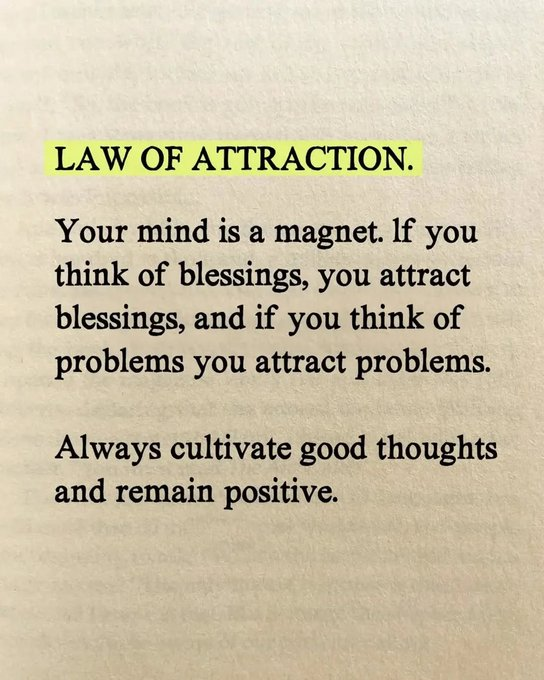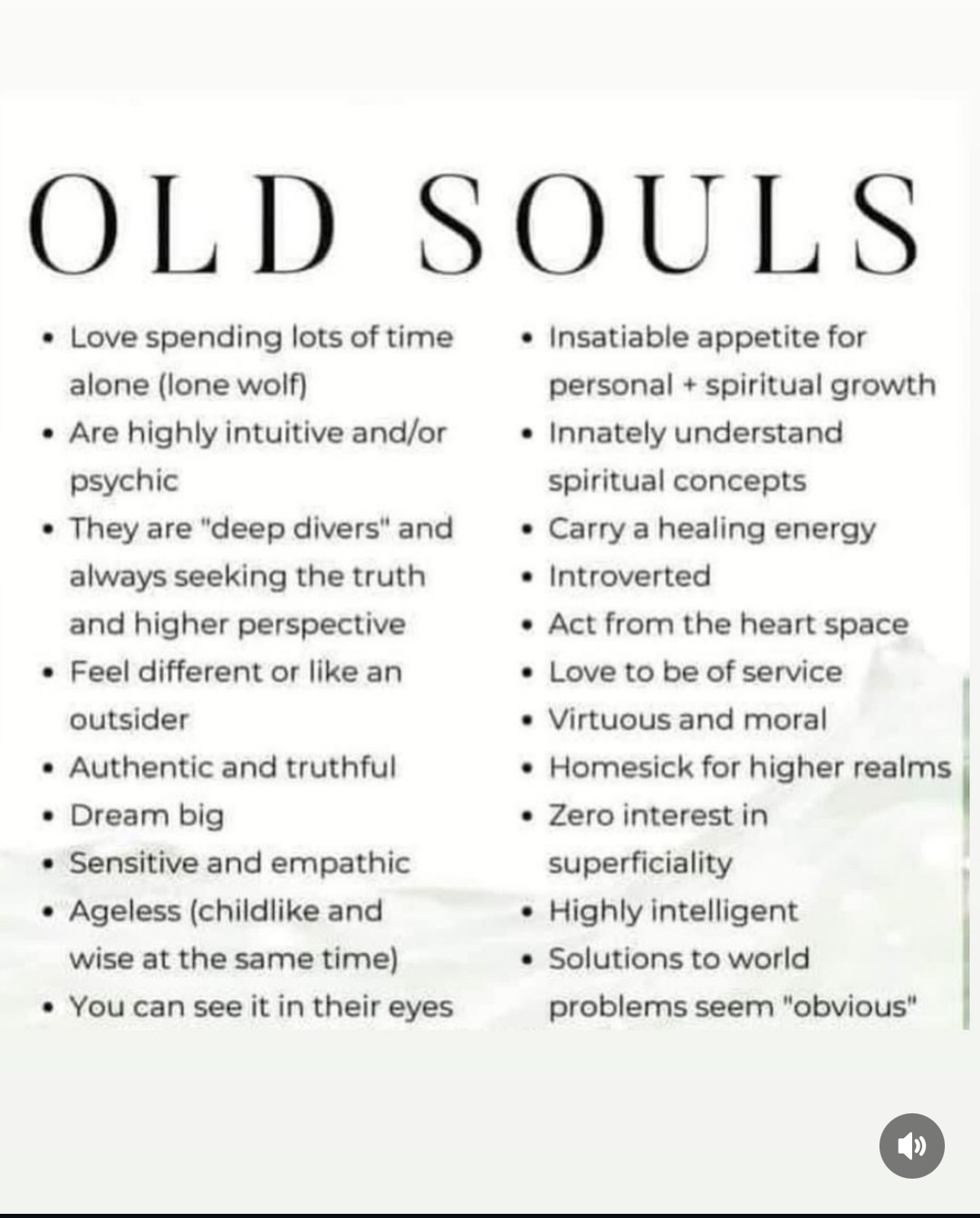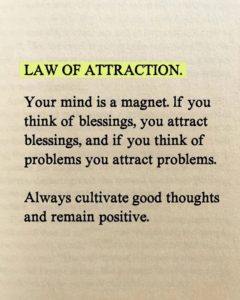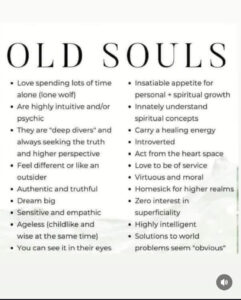Homeopathy: A History of Healing and Suppression
Homeopathy, a system of alternative medicine, was developed in the late 18th century by German physician Samuel Hahnemann. Disillusioned by the harsh medical practices of his time—like bloodletting and toxic purging—Hahnemann sought a gentler approach. He introduced the principle of “like cures like,” where a substance causing symptoms in a healthy person could, in minute doses, treat similar symptoms in the sick. His method involved extreme dilutions, often to the point where no molecules of the original substance remained, a concept he believed enhanced the remedy’s “spirit-like” healing power. Hahnemann’s ideas were formalized in his 1810 book, The Organon of the Healing Art, which remains a cornerstone for homeopaths today.
By the 19th century, homeopathy gained widespread popularity, particularly in Europe and the United States. It was introduced to the U.S. in 1825, and by 1900, there were 22 homeopathic colleges, over 100 hospitals, and nearly 20% of American doctors practiced it. Homeopathy’s success was notable during epidemics like cholera and yellow fever, where patients under homeopathic care often had better survival rates than those treated with conventional methods, which were often more harmful than the diseases themselves. Its holistic approach—considering the patient’s emotional, physical, and lifestyle factors—resonated with those seeking personalized care.
However, homeopathy’s rise threatened the emerging pharmaceutical industry, particularly as oil-based synthetics became profitable. In the early 20th century, the American Medical Association (AMA), backed by influential oil and chemical magnates like the Rockefellers, launched a concerted campaign to suppress homeopathy. The 1910 Flexner Report, funded by the Carnegie Foundation and supported by the AMA, evaluated medical schools and disproportionately targeted homeopathic institutions, labeling them unscientific. This led to the closure of most homeopathic colleges, with the last one shutting down by 1920. Pharmaceutical companies, which profited from patentable drugs like aspirin (synthesized in 1897) and later penicillin, also played a role. They influenced medical journals and lobbied to discredit homeopathy, framing it as quackery despite its historical efficacy in certain contexts.
The suppression wasn’t just about science—it was about control. Homeopathy’s reliance on natural substances and minimal doses couldn’t be patented, making it a financial threat to the burgeoning oil-based pharmaceutical industry, which thrived on synthetic drugs. Posts on X reflect lingering sentiment that this suppression prioritized profit over health, with some claiming homeopathy was a safer alternative to early vaccines and drugs. While these views lack rigorous evidence, they highlight a distrust of the medical establishment’s motives.
Today, homeopathy persists, with a resurgence in popularity since the 1970s, particularly in places like India, where it’s the third most popular medical system. However, mainstream science dismisses it as pseudoscience, citing a lack of evidence beyond placebo effects. Critics argue that its dilutions defy biochemical principles, yet supporters point to its historical success and safety compared to the often toxic treatments of the past. The debate continues, but the suppression of homeopathy by oil-based pharmaceutical interests reveals a broader tension between profit-driven medicine and alternative approaches that challenge the status quo.










